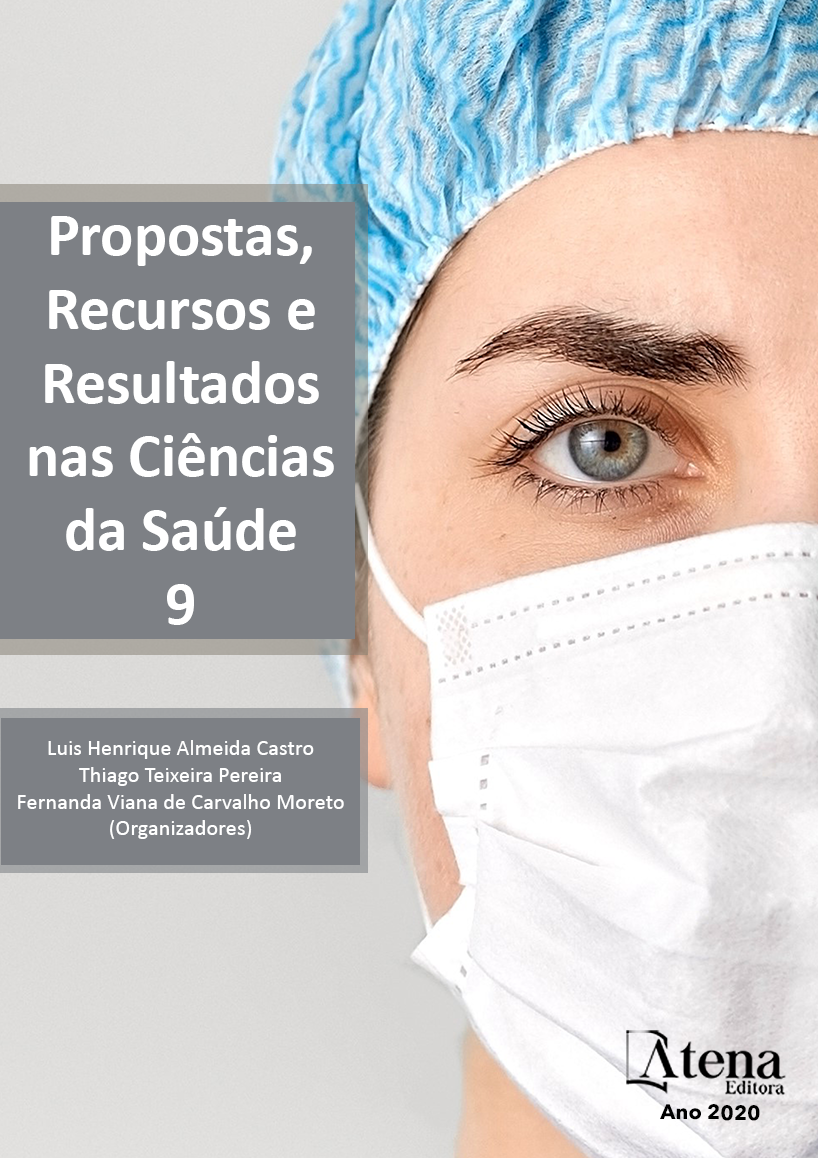
USO DE PLANTAS MEDICINAIS NO TRATAMENTO DE DOENÇAS RESPIRATÓRIAS
As doenças respiratórias representam um problema de saúde pública e são responsáveis por milhares de casos de adoecimento e morte todos os anos. Em busca de tratamentos alternativos, para alívio dos sintomas causados por estas doenças, muitas pessoas acometidas por esses problemas de saúde recorrem ao uso de plantas medicinais. Assim, o objetivo deste estudo foi investigar o uso de plantas medicinais por agricultores rurais no tratamento de doenças respiratórias. Trata-se de um estudo descritivo-exploratório com abordagem quantitativa. Participaram 50 agricultores residentes no interior do Piaui, os quais foram visitados em seus domicílios pela equipe de pesquisa e responderam a uma entrevista semi-estruturada com perguntas sobre o uso de plantas medicinais para doenças respiratórias. Respeitaram-se os critérios éticos da pesquisa com seres humanos. Foram identificadas 44 espécies de plantas medicinais, sendo 20 destinadas ao tratamento de doenças respiratórias. Constatou-se que o uso de plantas medicinais é mais frequente em pessoas idosas (60 anos ou mais), recebendo até um salário mínimo e com baixa escolaridade. A forma de utilização mais usada pelos agricultores foi o lambedor, com associação de mais de uma planta medicinal. Muitas espécies identificadas tem indicação científica semelhante ao que foi relatado pela população, entretanto, evidenciou-se a carência de orientação correta sobre o preparo e emprego terapêutico das mesmas, destacando a importância da participação de profissionais da saúde, principalmente dos enfermeiros, a fim de garantir a essa prática a obtenção de resultados satisfatórios e evitar danos à saúde. Este estudo serve como base e incentivo à aplicabilidade dos recursos vegetais do semiárido piauiense para fins terapêuticos.
USO DE PLANTAS MEDICINAIS NO TRATAMENTO DE DOENÇAS RESPIRATÓRIAS
-
DOI: 10.22533/at.ed.29920230618
-
Palavras-chave: Plantas medicinais; Cultura; Doenças respiratórias.
-
Keywords: Medicinal plants; Culture; Respiratory tract diseases.
-
Abstract:
Respiratory diseases represent a public health problem and are responsible for thousands of cases of illness and death each year. In search of alternative treatments, to relieve the symptoms caused by these diseases, many people affected by these health problems resort to the use of medicinal plants. Thus, the aim of this study was to investigate the use of medicinal plants by rural farmers in the treatment of respiratory diseases. This is a descriptive-exploratory study with a quantitative approach. Fifty farmers residing in the interior of Piaui participated, who were visited at home by the research team and answered a semi structured interview with questions about the use of medicinal plants for respiratory diseases. The ethical criteria of research with human beings were respected. 44 species of medicinal plants were identified, 20 of which were used to treat respiratory diseases. It was found that the use of medicinal plants is more frequent in elderly people (60 years or more), receiving up to a minimum wage and with low education. The form of use most used by farmers was the licker, with the association of more than one medicinal plant. Many identified species have a scientific indication similar to what was reported by the population, however, there was a lack of correct guidance on their preparation and therapeutic use, highlighting the importance of the participation of health professionals, especially nurses, in order to guarantee this practice to obtain satisfactory results and avoid damage to health. This study serves as a basis and incentive for the applicability of plant resources in the semi-arid region of Piauí for therapeutic purposes.
-
Número de páginas: 15
- Núbia Maria de Sousa
- Márcia Maria Mendes Marques
- Janaina Alvarenga Aragão
- Victor de Jesus Silva Meireles
- Francisco Gilberto Fernandes Pereira


